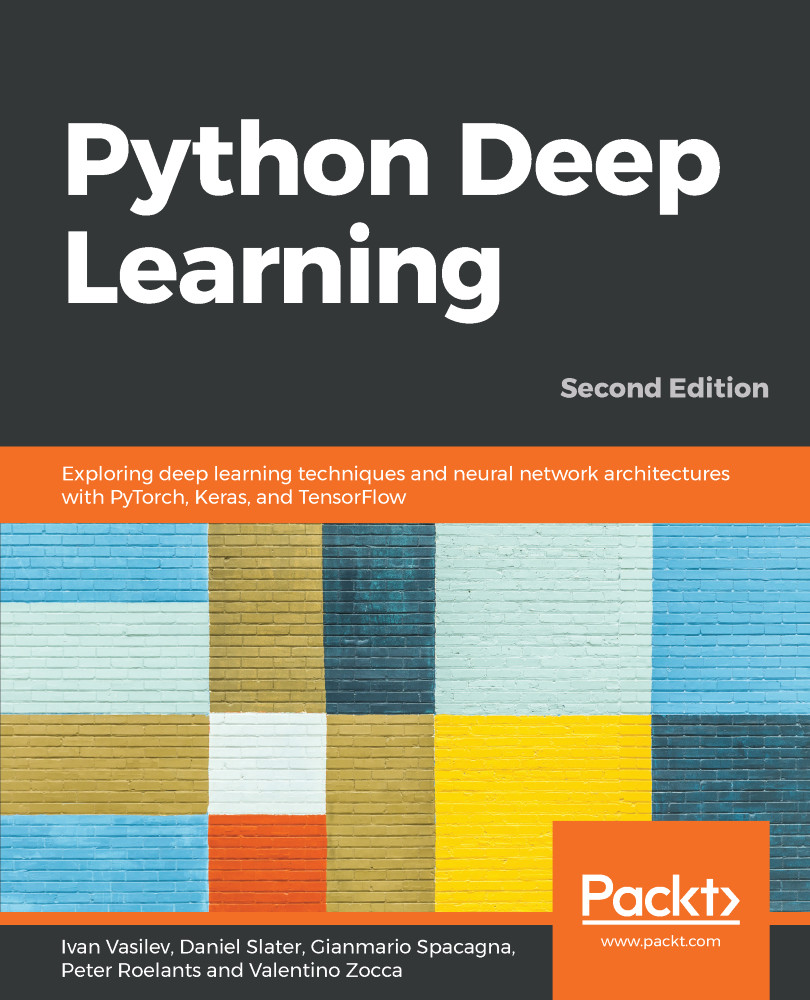"What I cannot create, I do not understand."- Richard Feynman
This quote is often cited in the same sentence as generative models, and for good reason. In the previous two chapters (Chapter 4, Computer Vision with Convolutional Networks and Chapter 5, Advanced Computer Vision), we focused on supervised computer vision problems, such as classification and object detection. Now, we'll discuss how to create new images with the help of unsupervised neural networks. After all, it's a lot better knowing that you don't need labeled data. More specifically, we'll talk about generative models.
This chapter will cover the following topics:
- Intuition and justification of generative models
- Variational autoencoders
- Generative Adversarial networks


